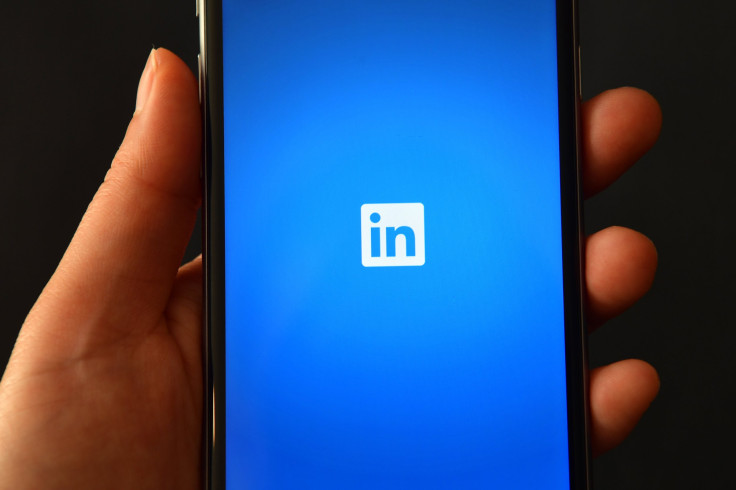LinkedIn Lays Off 960 Employees As Hiring Takes A Hit From Coronavirus
LinkedIn, the professional networking social platform owned by Microsoft, has announced plans to cut around 960 jobs, equal to roughly 6% of its worldwide workforce. The layoffs come as the ongoing global pandemic continues to wreak havoc on the job market and decreases demand for sites like LinkedIn.
“Our Talent Solutions business continues to be impacted as fewer companies, including ours, need to hire at the same volume they did previously,” CEO Ryan Roslansky said in a message posted to the website. “I want you to know these are the only layoffs we are planning.”
These layoffs will be reportedly come mostly from the company’s sales and hiring divisions. To soften the blow during uncertain times, LinkedIn will be offering 10 weeks of severance pay and one year of health insurance for laid-off workers based in the U.S. They will also be permitted to keep company-issued phones and laptops to help them find a new job.
Notifications for those affected by layoffs will begin circulating in the coming week, with some in the U.K., Ireland, and Australia already being notified. These former employees will be among the candidates considered for newly created positions in the near future, as the company plans to invest in different parts of its business. Meetings will also be held to help these workers plan their next career steps.
Launched in 2003 and acquired by Microsoft in late 2016, the California-based LinkedIn boasts over 690 million users in roughly 150 countries. As of 2019, the company had a global workforce of roughly 15,000.
“To our teammates who are leaving: I deeply thank you for the positive impact you’ve made. Your time and effort have been critical to helping manifest LinkedIn’s vision,” Roslansky’s statement continued. “Please know these changes aren't a reflection on you or your work at LinkedIn, but rather, the result of strategic changes we are making to accelerate the vision of the company. You’ve played an important role in building LinkedIn, and I am truly grateful.”

© Copyright IBTimes 2024. All rights reserved.





















